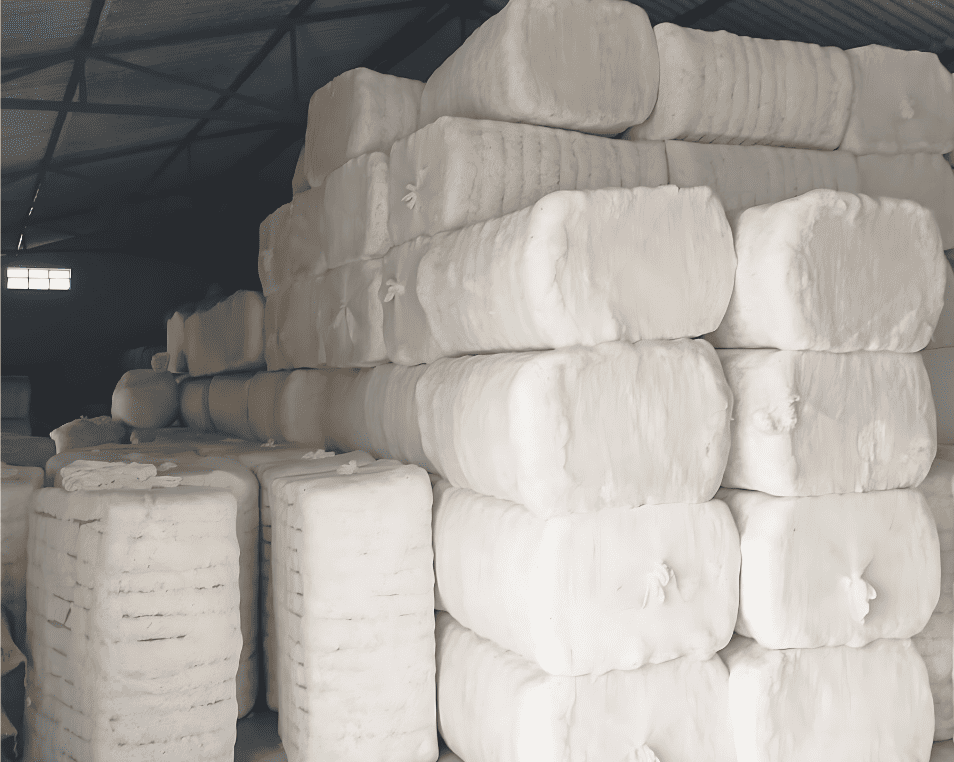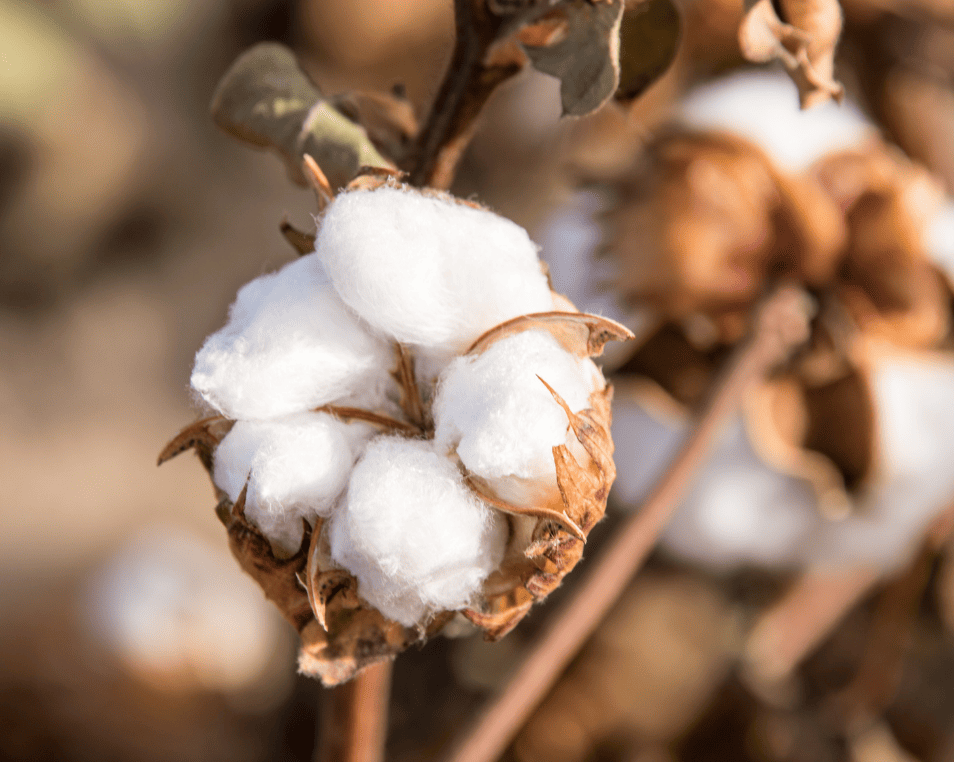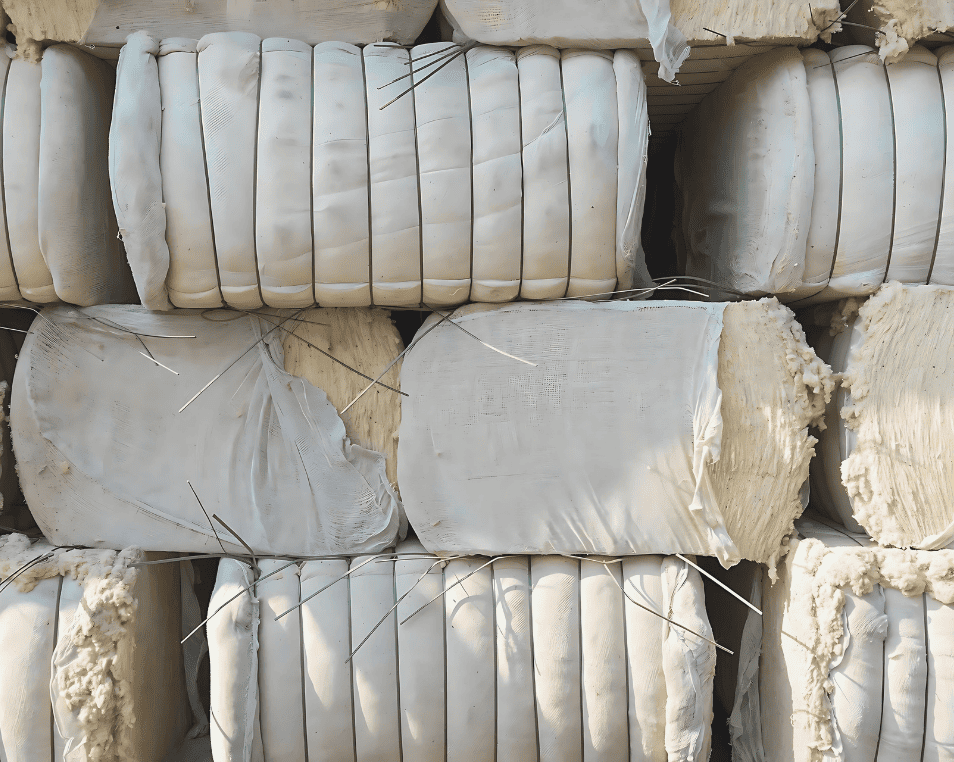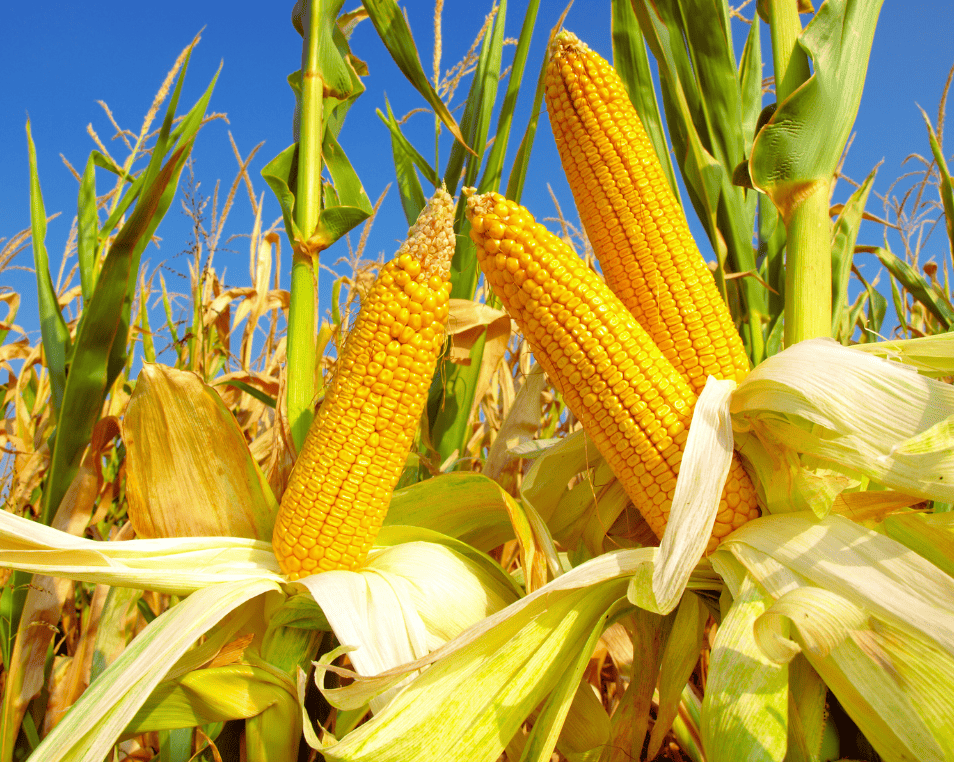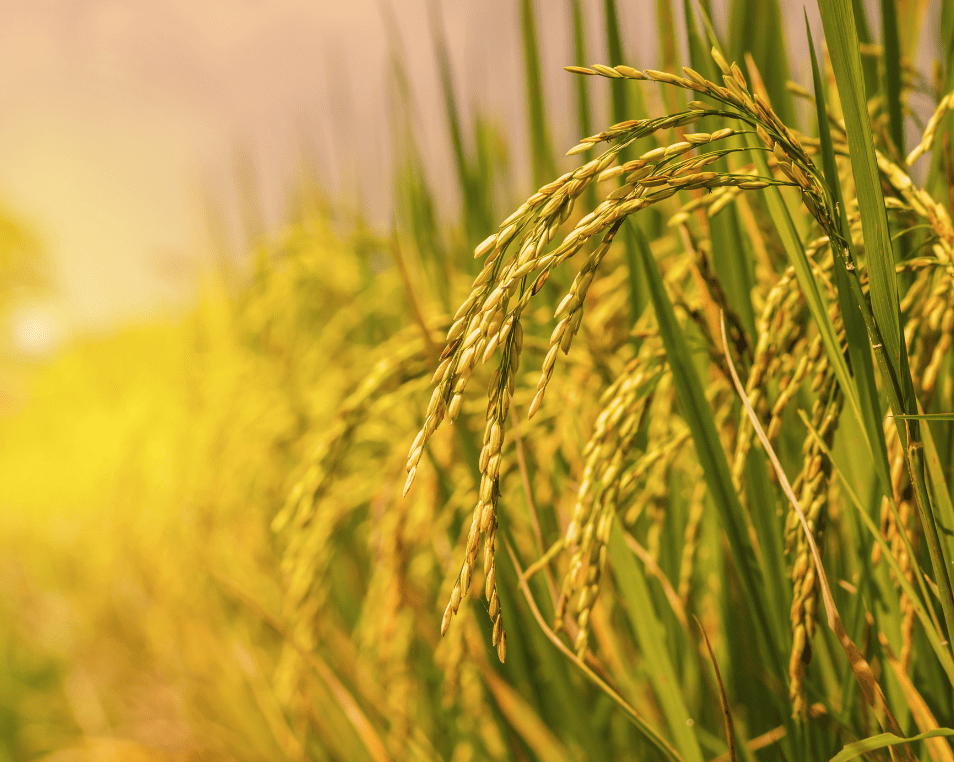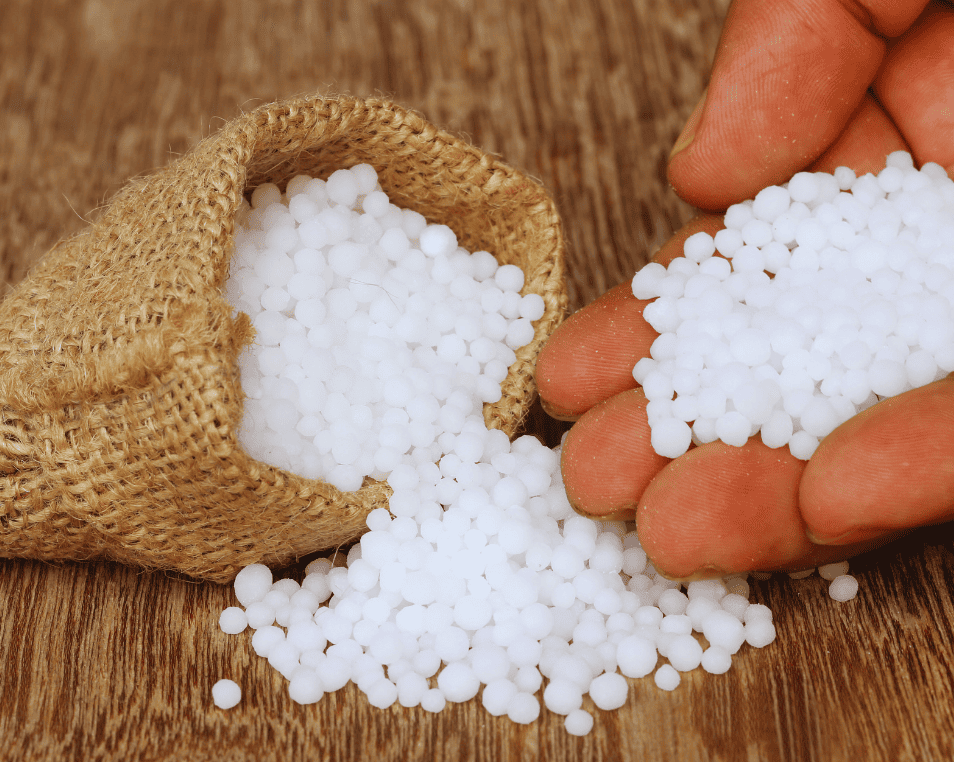Cotton, corn, and rice are among the key commodities traded by DCT Trading.
They are baled cottons that have been segregated and classified based on internationally recognized industry standards, taking into account factors such as density, weight, and fiber length.
Organic baled cotton refers to cotton that is produced and certified in accordance with organic farming standards. Its production follows specified standards, from planting to harvesting and subsequent stages including storage, all under strict controls. Organic cotton cultivation prohibits the use of synthetic inputs and does not allow the use of toxic chemicals or genetically modified organisms (GMOs).
Linter refers to the very short cotton fibers that remain on the cottonseed after the raw cotton has passed through a gin and have been cut in a linter machine.
Corn, a significant member of the grain family, is widely cultivated, particularly across the Americas. It has been a staple food source in many cultures throughout human history and ranks as one of the most widely produced agricultural commodities worldwide. While its primary species is native to the Americas, global trade and dissemination have made it prevalent in cuisines around the world. Corn finds use across a broad spectrum, from industrial applications to human consumption. Its historical significance underscores the importance of proper storage and processing methods to maintain its quality and nutritional value over time, making it suitable for long-term consumption and securing its pivotal position in the global food chain.
Rice is a significant member of the grass family Poaceae. It is a staple food source for populations particularly in Asia and Africa. It ranks as the third-highest produced agricultural commodity worldwide. While its primary species are native to Asia and certain regions of Africa, centuries of trade and export have spread it across cultures globally.
Granular urea is formed by the reaction of anhydrous ammonia under pressure at 180 degrees Celsius. It is the granular form of urea, a substance produced from the metabolism of proteins. Known as urea fertilizer, it is available in two main forms on the market: prilled or granular. Granular urea, distinguished by its white color and odorless nature, can be used throughout the crop production cycle for all crops. It dissolves readily in water.
